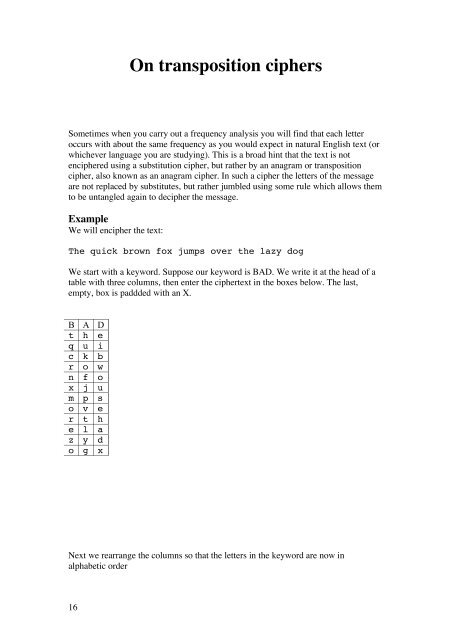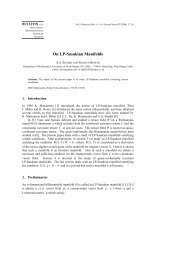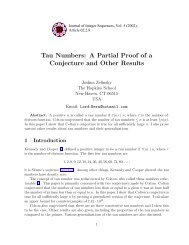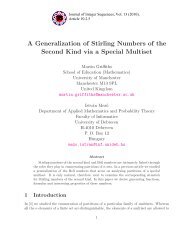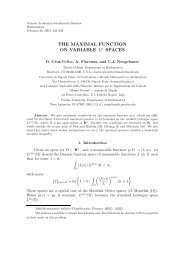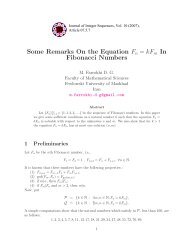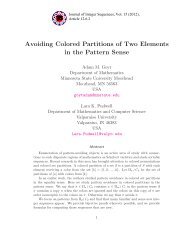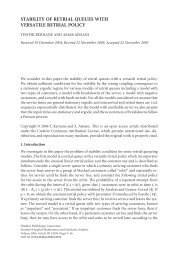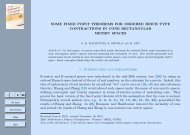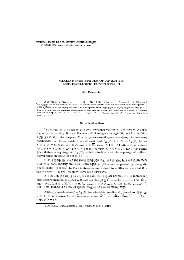Teachers - University of Southampton
Teachers - University of Southampton
Teachers - University of Southampton
You also want an ePaper? Increase the reach of your titles
YUMPU automatically turns print PDFs into web optimized ePapers that Google loves.
On transposition ciphers<br />
Sometimes when you carry out a frequency analysis you will find that each letter<br />
occurs with about the same frequency as you would expect in natural English text (or<br />
whichever language you are studying). This is a broad hint that the text is not<br />
enciphered using a substitution cipher, but rather by an anagram or transposition<br />
cipher, also known as an anagram cipher. In such a cipher the letters <strong>of</strong> the message<br />
are not replaced by substitutes, but rather jumbled using some rule which allows them<br />
to be untangled again to decipher the message.<br />
Example<br />
We will encipher the text:<br />
The quick brown fox jumps over the lazy dog<br />
We start with a keyword. Suppose our keyword is BAD. We write it at the head <strong>of</strong> a<br />
table with three columns, then enter the ciphertext in the boxes below. The last,<br />
empty, box is paddded with an X.<br />
B A D<br />
t h e<br />
q u i<br />
c k b<br />
r o w<br />
n f o<br />
x j u<br />
m p s<br />
o v e<br />
r t h<br />
e l a<br />
z y d<br />
o g x<br />
Next we rearrange the columns so that the letters in the keyword are now in<br />
alphabetic order<br />
16


